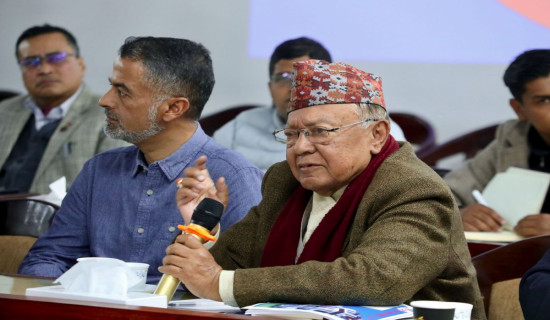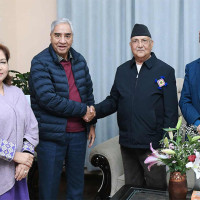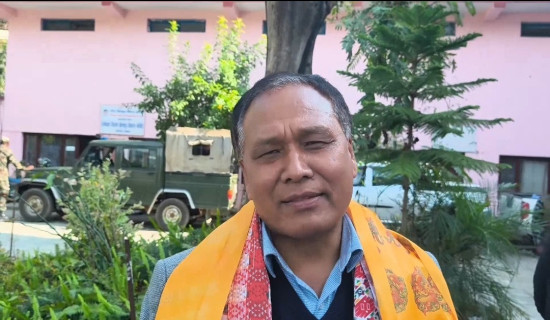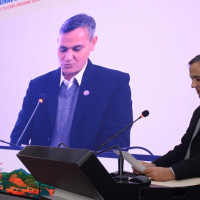- Tuesday, 23 December 2025
Bhutanese museum demanded in Beldangi Camp
By Bishnu Prasad Pokhrel,Damak, Dec. 30: Locals of Damak have floated the idea of converting the Beldangi Refugee Camp into a Bhutani refugee museum.
The camp is largely empty following the third-country rehabilitation of many of the refugees living there. So now, many want it to be established as a museum shedding light on the plight of its erstwhile residents who were forcibly driven out of their country in the late 1980s.
According to Gita Adhikari, former deputy mayor of Damak Municipality, the museum is a great idea that can boost tourism and economic development. However, despite being repeatedly discussed by the local government, no concrete plans to realise this idea have been formulated.
Prajapati Sapkota, chairman of Damak Ward No. 2, where the camp is located, said that the federal government, local level and community members had held multiple rounds of talks about this.
He called it a necessary step that needed to be taken to preserve a chapter in both Nepali and Bhutanese history. “But, we have failed to make any headway,” he lamented.
Sapkota informed that the federal government had once allocated budget to build the museum inside the camp located in Hamsedumse Community Forest. However, it was later withdrawn because no work took place, supposedly due to legal hurdles.
Chandra Prasad Guragain, president of the community forest, welcomed the establishment of any museum as long as it did not come at the expense of the jungle.
“This would attract the Bhutanese now settled in different countries and their descendants and educate them and others about the life they lived here,” he said, adding, “That will be a boon for tourism.”
Beldangi Camp was one of the largest housing Bhutanese refugees in the country. Now though, it only houses around 6,000 people.
Gagan Puri, a social and political leader of Damak, advised the stakeholders to secure the area and prepare a detailed project report in line with the prevailing laws.
















